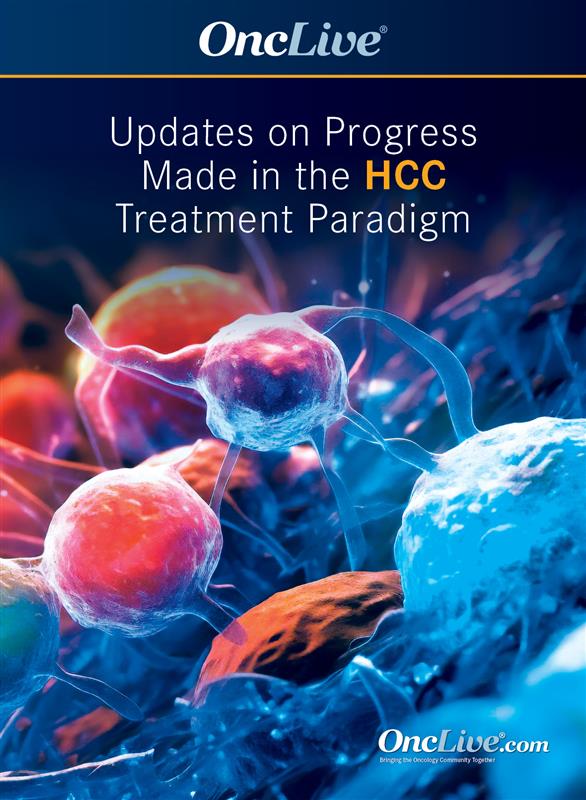Commentary
Video
Supplements and Featured Publications
Dr Stein on Key Considerations When Selecting an Immunotherapy Approach in HCC
Author(s):
Stacey Stein, MD, discusses key considerations when selecting a first-line treatment approach for higher-risk patients with hepatocellular carcinoma, and in what scenarios the combination of atezolizumab and bevacizumab is a viable approach in this population.
Stacey Stein, MD, associate professor of Internal Medicine, Department of Medical Oncology, Assistant Medical Director, Clinical Trials Office, Yale Cancer Center and Smilow Cancer Hospital, discusses key considerations when selecting a first-line treatment approach for higher-risk patients with hepatocellular carcinoma (HCC), as well as whether the combination of atezolizumab (Tecentriq) and bevacizumab (Avastin) is a viable approach in this population.
When navigating treatment options in HCC, physicians must evaluate whether the patient is a viable candidate for immunotherapy using standardized inclusion and exclusion criteria, Stein says. Although these guidelines have been well-established in the field, some situations may require clinical judgment, she notes. It is also critical to consider the management of any immunotherapy-related toxicities if selecting this option, Stein adds.
For physicians specifically considering the use of atezolizumab plus bevacizumab, the patients must first be identified as suitable for bevacizumab, Stein says. Oncologists often have experience with bevacizumab use in diseases like colon cancer. Timing in relation to procedures and bleeding risk considerations are important factors when making this decision, Stein notes. Moreover, some conditions represent relative contraindications, while others are absolute, Stein emphasizes. For instance, patients with cirrhosis are at a higher risk of bleeding due to viral infections. However, cirrhosis is not the only source of bleeding in these patients, Stein explains. Accordingly, patient risk factors should be assessed holistically, she says.
In terms of safety, patients in the phase 3 IMbrave150 (NCT03434379) trials were required to undergo an esophagogastroduodenoscopy (EGD) within 6 months of starting treatment with atezolizumab and bevacizumab, Stein reports. This approach is now standard practice as per this protocol. Treatment following EGD is determined by institutional standards, which can vary, Stein notes.
Overall, patient eligibility, the management of adverse effects, and assessment of bleeding risk are central considerations when contemplating immunotherapy, especially in combination with agents like bevacizumab, ensuring both patient safety and treatment efficacy, Stein concludes.























%20(2)%201-Recovered-Recovered-Recovered-Recovered-Recovered-Recovered-Recovered-Recovered-Recovered-Recovered-Recovered-Recovered-Recovered-Recovered-Recovered-Recovered-Recovered.jpg?fit=crop&auto=format)
%20(2)%201-Recovered-Recovered-Recovered-Recovered-Recovered-Recovered-Recovered-Recovered-Recovered-Recovered-Recovered-Recovered-Recovered-Recovered-Recovered-Recovered-Recovered.jpg?fit=crop&auto=format)
